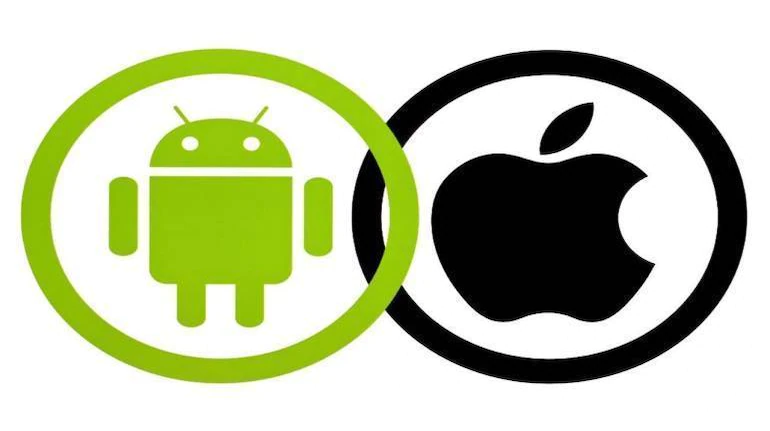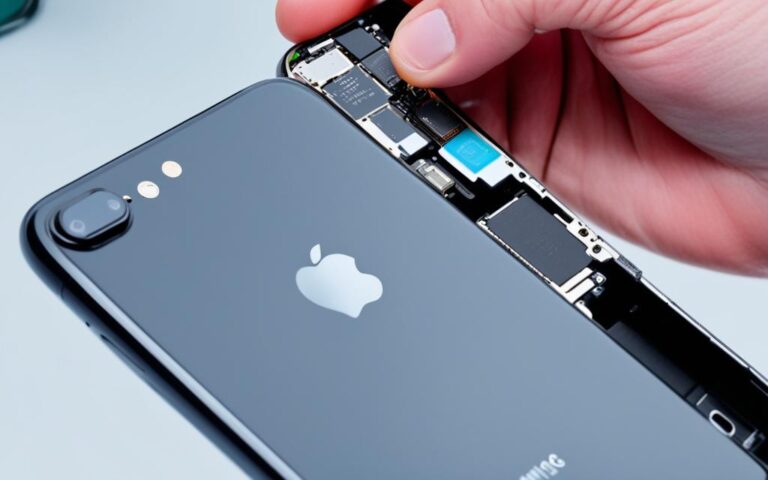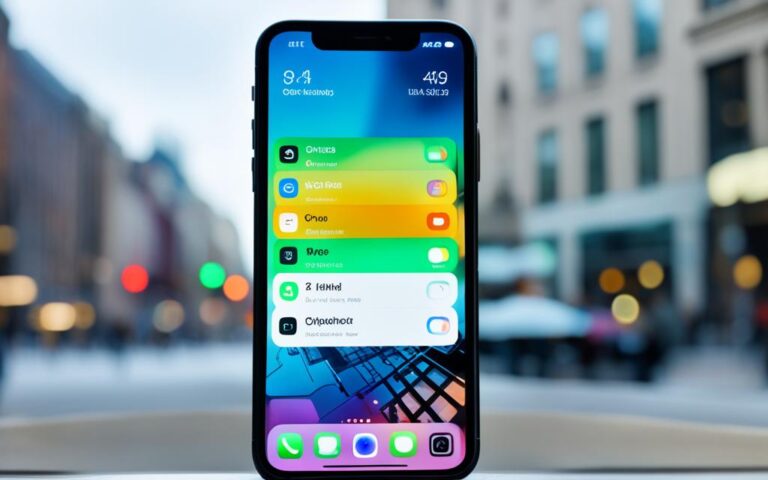Understanding the Basics of Phone Repairs
In today’s digital age, our mobile phones have become an extension of ourselves. They are not just communication devices but also our cameras, our maps, and even our wallets. Given their multifaceted role and constant usage, wear and tear are inevitable, making phone repairs a recurring necessity. Whether you own an iPhone, Android, or any other type of smartphone, you’re likely to encounter various issues ranging from hardware malfunctions to software glitches. Understanding the basics of phone repairs is not just about fixing problems as they arise; it’s also about preventive care that can extend the lifespan of your device. This comprehensive guide aims to equip you with the essential knowledge and practical tips you need to navigate the world of smartphone repairs effectively.
Basics of Phone Repairs: Types of Phone Repairs
When it comes to phone repairs, it’s crucial to understand that issues can be broadly categorized into two types: hardware repairs and software repairs. Knowing the difference can help you diagnose problems more accurately and choose the right repair solutions.
Hardware Repairs
- Screen Replacement: One of the most common hardware issues, a cracked or unresponsive screen often requires replacement.
- Battery Replacement: Over time, phone batteries degrade and may need to be replaced to maintain optimal performance.
- Button Repairs: Physical buttons like volume or power buttons can get stuck or become unresponsive.
Software Repairs
- Operating System Updates: Keeping your OS up-to-date is crucial for the smooth functioning of your phone.
- App Troubleshooting: Sometimes, specific apps can cause your phone to slow down or crash.
- Data Recovery: In cases of accidental deletion or corruption, data recovery tools can be a lifesaver.
DIY vs. Professional Repairs
When your phone encounters an issue, you’re often faced with a crucial decision: should you attempt a DIY (Do-It-Yourself) repair or opt for professional assistance? Both options come with their own sets of advantages and disadvantages, and the choice can significantly impact both the cost and quality of the repair. This section aims to provide a comprehensive overview to help you make an informed decision.
DIY Repairs
Advantages
- Cost-Effective: One of the most compelling reasons to opt for DIY repairs is the cost. You only pay for the replacement parts, which can be significantly cheaper than professional services.
- Immediate Solution: If you have the necessary skills and tools, you can address the issue immediately, without the need to schedule an appointment or wait in a queue.
- Learning Experience: Repairing your phone yourself can be a rewarding experience, offering insights into the device’s architecture and functionality.
Risks and Considerations
- Potential for Further Damage: Without the proper expertise and tools, you risk causing further damage to your device, which can end up costing more in the long run.
- Warranty Concerns: Performing a DIY repair may void the manufacturer’s warranty, leaving you without coverage for future issues.
Professional Repairs
Advantages
- Expertise: Professional technicians have the training, experience, and specialized tools to handle a wide range of issues, from simple fixes to complex hardware and software problems.
- Warranty and Guarantees: Many professional repair services offer warranties on their work, giving you peace of mind that if something goes wrong post-repair, you’re covered.
- Time-Saving: Opting for professional repair services saves you the time and effort of learning how to fix the issue yourself, allowing you to focus on other important tasks.
Risks and Considerations for DIY Repairs
- Potential for Further Damage: Without the proper expertise and tools, you risk causing further damage to your device, which can end up costing more in the long run.
- Warranty Concerns: Performing a DIY repair may void the manufacturer’s warranty, leaving you without coverage for future issues.
For more information on DIY methods, you can visit the Do it yourself Wikipedia page.
Basics of Phone Repairs: Common Issues and Solutions
Understanding the most frequent issues that necessitate phone repairs can equip you with the knowledge to either resolve these problems yourself or make an informed decision when seeking professional help. Here, we delve into some of the most common issues, offering both temporary and permanent solutions.
Cracked Screen
Overview
A cracked or shattered screen is one of the most common issues that phone users face. Not only does it impair visibility, but it can also lead to other problems like unresponsiveness or dead pixels.
Temporary Fix
- Screen Protectors: Applying a screen protector can prevent further damage and offer a temporary solution.
Permanent Solution
- Screen Replacement: For a long-lasting solution, replacing the damaged screen is usually necessary. This can be done either through DIY methods or by seeking professional services.
Battery Drain
Overview
Battery issues can range from rapid draining to the phone not holding a charge at all, affecting the device’s usability.
Temporary Fix
- Power-Saving Modes: Utilizing power-saving modes and closing background apps can extend battery life temporarily.
Permanent Solution
- Battery Replacement: If the battery has reached the end of its life cycle, a replacement is the most effective long-term solution.
Software Glitches
Overview
Software glitches can manifest in various ways, including app crashes, slow performance, and random reboots.
Temporary Fix
- Soft Reset: A soft reset or restarting the device can sometimes resolve minor software glitches.
Permanent Solution
- Software Updates or Factory Reset: Keeping your software up-to-date can resolve many issues. For more severe problems, a factory reset may be necessary.
Connectivity Issues
Overview
Connectivity issues can disrupt your ability to make calls, send texts, or use data and Wi-Fi, making them a significant concern.
Temporary Fix
- Toggle Connectivity Settings: Switching Airplane Mode on and off or restarting the device can sometimes resolve connectivity issues temporarily.
Permanent Solution
- Firmware Update or Professional Diagnosis: For persistent issues, updating the device’s firmware can help. If the problem continues, it’s advisable to consult a professional for a thorough diagnosis.
Basics of Phone Repairs: Cost Factors
One of the most pressing concerns when it comes to phone repairs is the cost involved. Several factors can influence the overall expense, and understanding these can help you budget more effectively.
Type of Repair
- Hardware Repairs: These are generally more expensive due to the cost of replacement parts. For example, screen replacements can be particularly costly.
- Software Repairs: These are usually less expensive and sometimes even free if the issue can be resolved with a simple update.
Brand and Model
- High-End Models: Repairs for premium models like the latest iPhones or Samsung Galaxy phones are usually more expensive.
- Older or Budget Models: These are generally cheaper to repair but may have limited availability of replacement parts.
DIY vs. Professional Services
- DIY: While the upfront cost of DIY repairs is generally lower, there’s a risk of incurring additional expenses if mistakes are made.
- Professional Services: Though more expensive, professional repairs often come with warranties and the assurance of quality work.
Geographical Location
- Urban Areas: Repair services in cities may charge more due to higher operational costs.
- Rural Areas: Services may be cheaper but could be limited in terms of expertise and availability of parts.
Warranty and Insurance
- Under Warranty: If your phone is still under warranty, some repairs may be covered, reducing your out-of-pocket expenses.
- Insurance: Some people opt for phone insurance, which can cover the cost of repairs, though there’s usually a deductible.
Basics of Phone Repairs: Frequently Asked Questions (FAQs)
1. How much does a typical phone repair cost?
The cost can vary widely depending on the type of repair, the phone model, and whether you opt for DIY or professional services. Hardware repairs like screen replacements can range from £20 to £300.
2. Is it better to repair or replace my phone?
If the cost of repair is significantly lower than buying a new phone and if the device is not outdated, repair is usually the better option.
3. Can software issues be fixed at home?
Many software issues can be resolved through updates or factory resets, which can be done at home. However, for more complex issues, professional help may be required.
4. How long do phone repairs usually take?
The duration can vary. While some issues can be fixed in a few hours, others may require days, especially if parts need to be ordered.
5. Can I still use my phone while it’s being repaired?
If you’re opting for professional repair services, you’ll be without your phone for the duration of the repair. Some services offer loaner phones for the interim.
6. Will repairing my phone void its warranty?
DIY repairs or repairs done by unauthorized service providers will likely void your warranty. Always check your warranty terms before proceeding with any repair.
7. What should I do before handing over my phone for repair?
It’s advisable to back up all important data and perform a factory reset to protect your privacy.
8. Are phone repairs environmentally friendly?
Repairing and reusing a phone is generally more environmentally friendly than discarding it and buying a new one.
9. Can all phones be repaired?
While most phones can be repaired, some older models may have limited availability of replacement parts, making repair difficult or impractical.
10. Is phone repair insurance worth it?
Phone repair insurance can be beneficial for those with high-end models or for those who are prone to accidents. However, read the terms carefully to understand what is and isn’t covered.
Basics of Phone Repairs: Conclusion
Navigating the world of phone repairs can be a daunting task, especially with the myriad of issues that can arise, from hardware malfunctions to software glitches. However, armed with the right knowledge and understanding of the various factors that come into play, you can make informed decisions that are both cost-effective and beneficial for the longevity of your device. Whether you opt for DIY repairs or choose to seek professional assistance, the key is to weigh the pros and cons carefully. Always consider the type of repair needed, the associated costs, and the expertise required. Remember, preventive measures can go a long way in reducing the need for frequent repairs, so take good care of your device.












